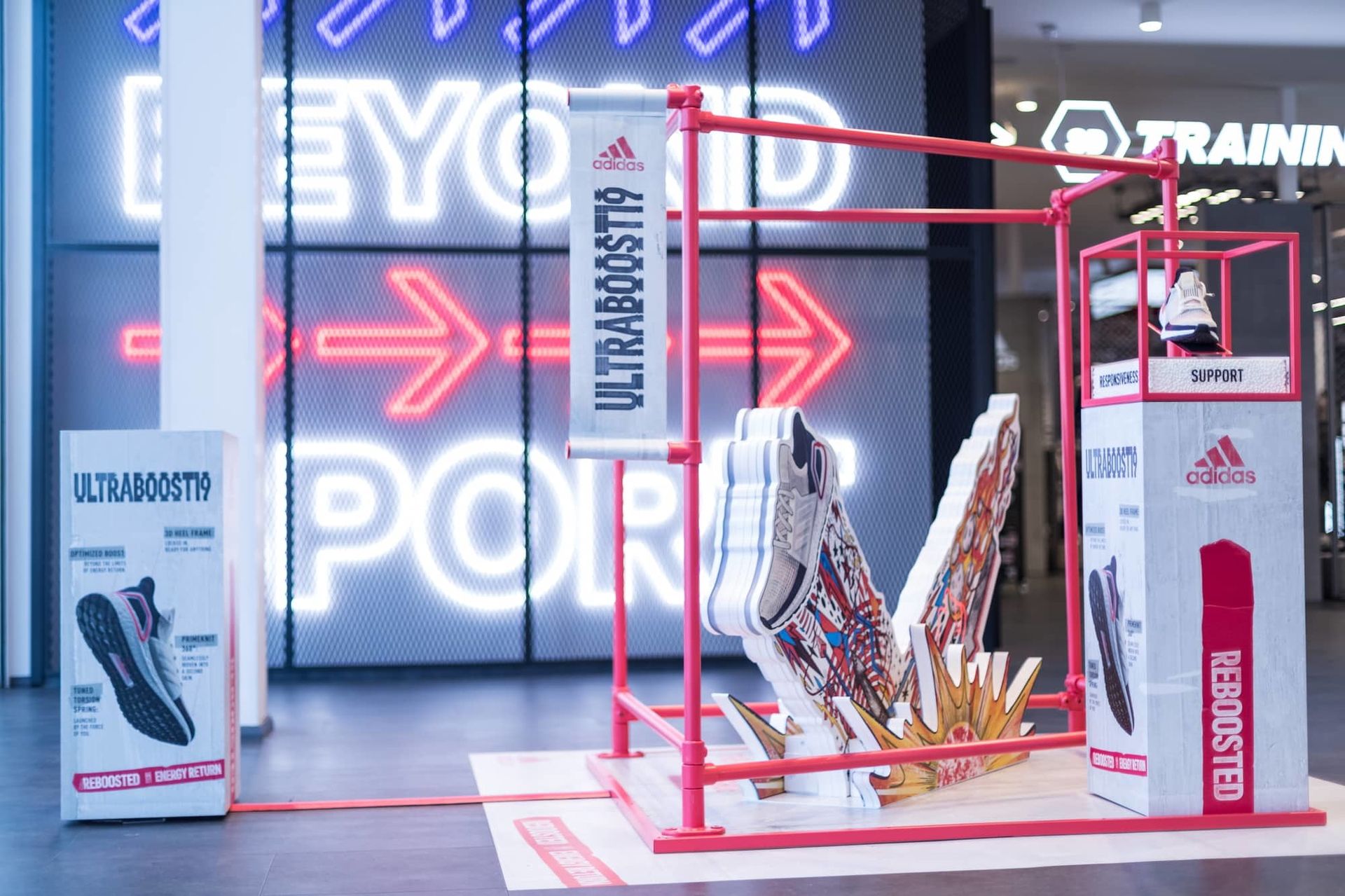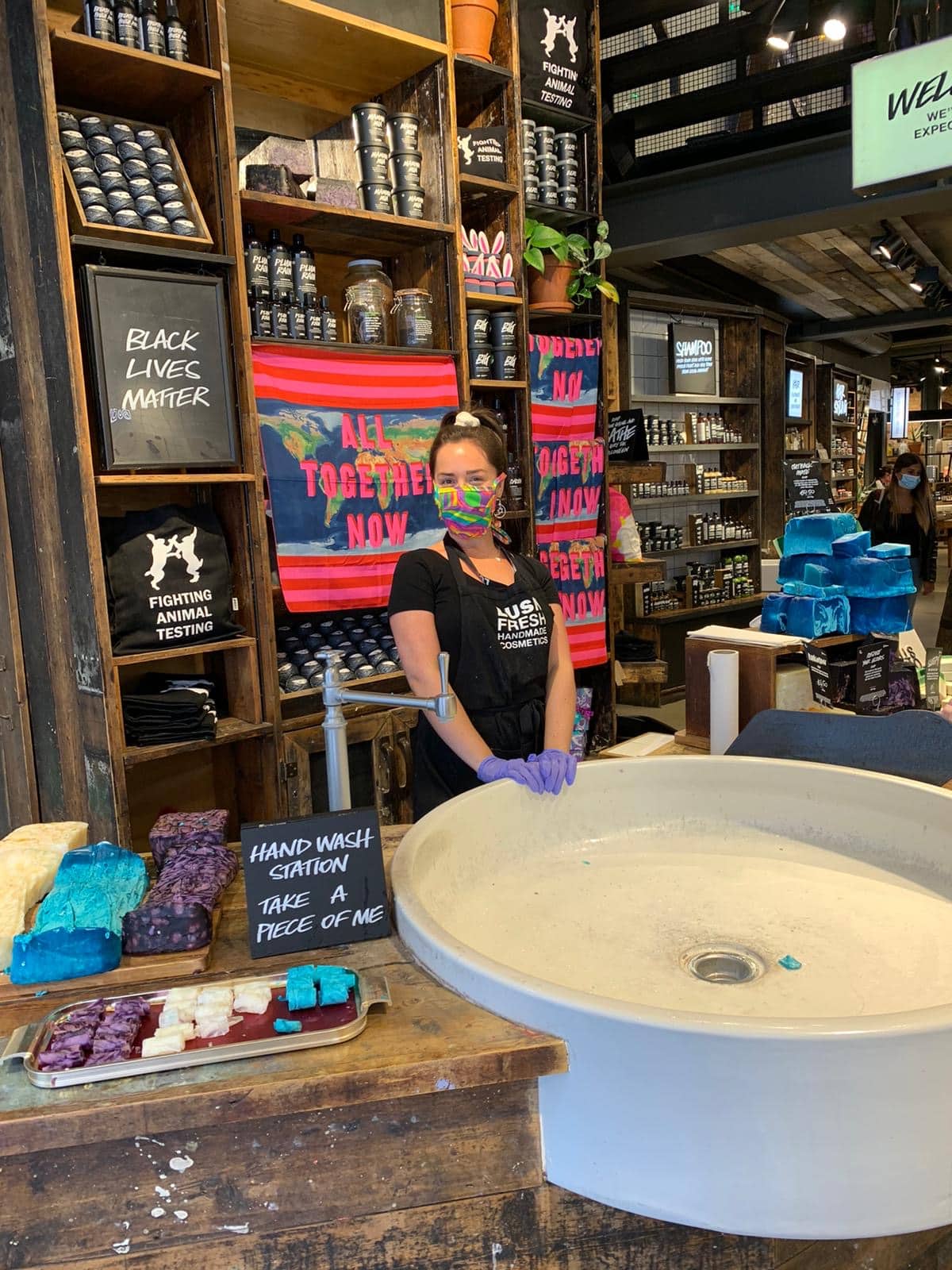Dynamic spaces, agile inventory
Dynamic spaces that align contemporary commerce methods/platforms with context-specific cultural nous are now key to a retail landscape that engages modern consumers. Temporary thematic concepts offer more engaging and agile cultural relevance, and collaborative projects between brand, store, and creators backed up with responsive inventories are becoming a new-normal. Modularity, moving façades, and locale-tailored store spaces more akin to theatrical designs deliver on this required versatility.
Dreams on Air
NY-based Dreams on Air is an experimental retail concept/incubator for young start-ups combining PR and marketing assistance and retail space in one. Designers and small brands keep all sales revenue instead paying a flat monthly rental/service-charge fee. In the same vein, Russian department store, Trend Island Moscow, offers free retail space to new talent in exchange for commission on sales. Opening in September 2016, the store had hundreds of brands on its waiting list almost immediately, and so can quickly swap products and labels that do not gain traction. Retailers need to know when and how to change. These kinds of curated spaces can constantly react in real-time and thus respond to the purchasing power of consumers constantly on the hunt for newness. In both these cases, launch zones are used throughout the store to delineate between brands, and both generic fixturing and a joyful abundance of different brand-created designs are used.
Gentle Monster
The ground floor of Gentle Monster’s Seoul flagship is conceived as an ongoing VM ‘exhibition’ which takes inspiration from Dover Street Market’s Tachiagari concept, where installations change bi-annually. Here the model is taken to the extreme – Gentle Monster’s ‘exhibition’ underwent makeovers every 25 days in the year of launch, with installations including a floral post office, a scent lab, a palatial hall of crystal mirrors, and an inner-city hotel offering napping spaces. The message here being that the brand is better able to express itself, not by using a singular brand aesthetic or directive, but through its DNA of creativity, responsiveness, and a desire to fulfil modern consumer desire for newness.
Lulu Lemon
Lulu Lemon’s retail concept includes a ‘concierge’ moment at the entrances to their store. Here store ambassadors are ready to give customers information and recommendations such as where to locate product in-store, directions to find the best fitness studios nearby, or sharing details of their favourite nearby running routes or smoothie bars. An event board showing the timetable for in-store classes also sets the tone for the curated multi-faceted store experience that is more community than product focused.




